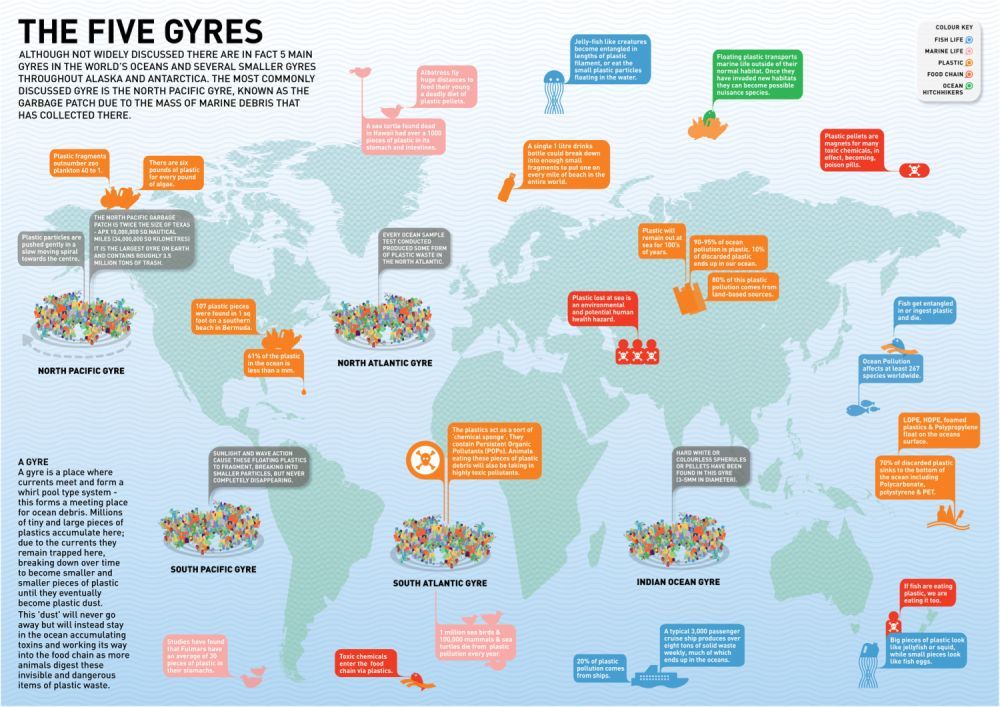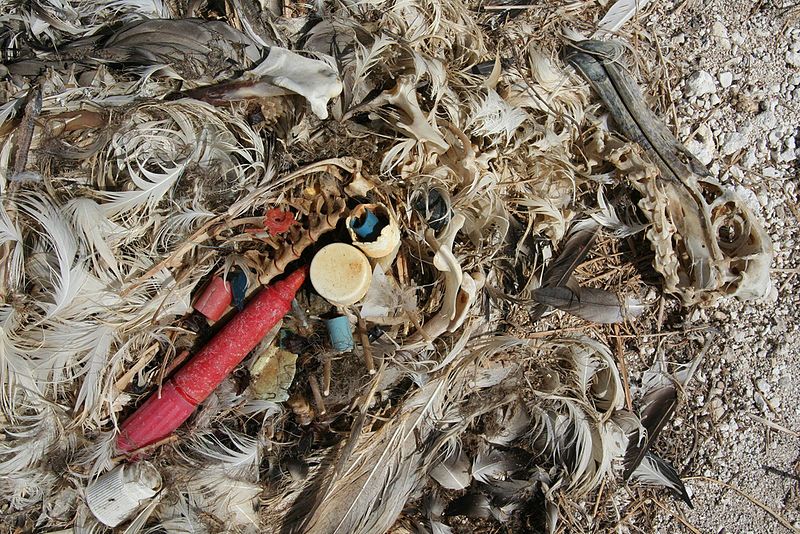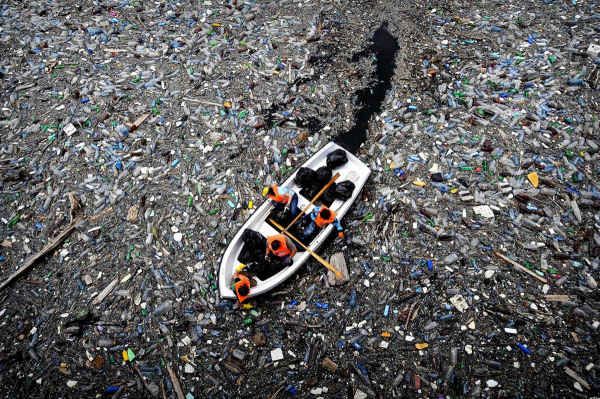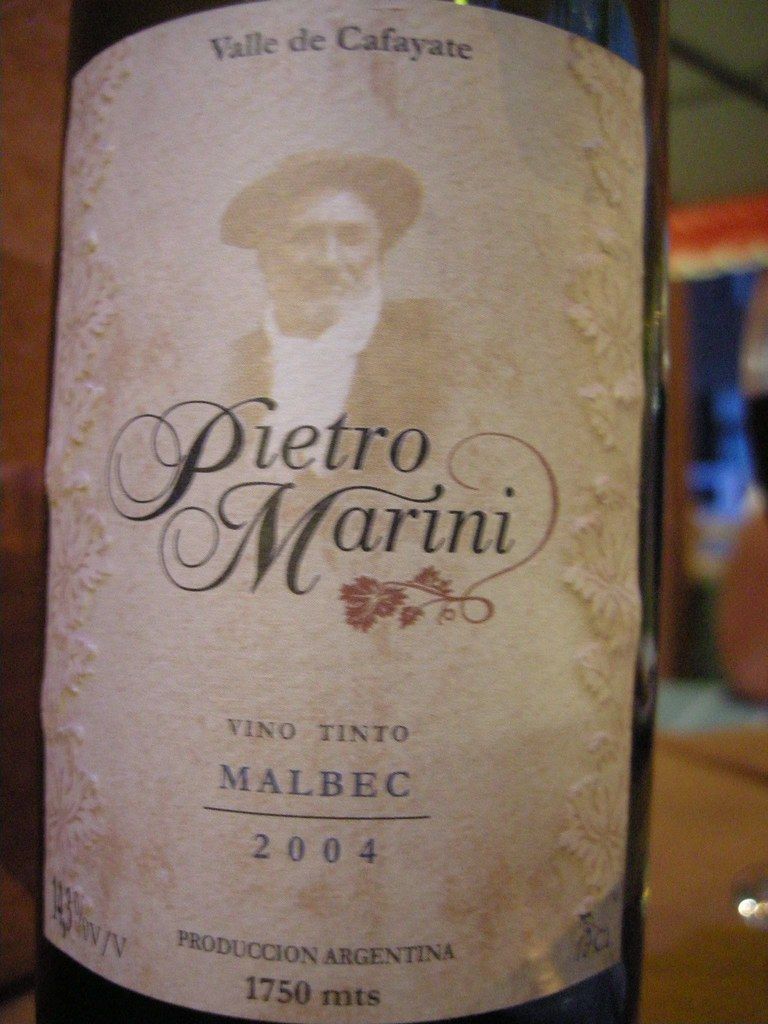Good Pacific Garbage Patch
Does the title Charles J. Moore sound familiar? Probably not. And just why should it? Will be he a Hollywood superstar or Grammy Award champion? No. Charles Moore can be an oceanographer and racing boat captain. Still doesn’t sound familiar? Ok, so i want to bring in him:
Charles Moore likes the ocean, specifically the widths of the pacific. This transformed in 1997 when he and his crew had been on their in the past house from Hawaii where that they had simply won the third invest the “Transpac sailing competition”. Moore wanted a fast solution to Los Angeles and for that reason decided to have a short-lower through the so known as “North Pacific Gyre” – probably the most remote areas in the ocean. Many sailors avoid this path and fisherman have emerged very rarely. Maybe the reason being of what Charles Moore discovered: the colourful flashing on the sea-surface doesn’t result from fish but plastic material garbage.
THE FANTASTIC Pacific Garbage Patch. For most people, the thought of a “garbage patch” conjures up pictures of an island of trash floating on the sea. The truth is, these patches are nearly entirely comprised of tiny bits of plastic material, called micro-plastics.
The crew saw plastic elements of all dimensions floating on the sea. Moore identified disposable razors, bottles, fasteners, CD addresses, bags and shoes. “It could audio unbelievable but there is not just a single clear place all around us. It didn’t issue where we appeared, garbage was going swimming us all over the place”, Moore remembers.
The moment he was back, the sailor began informing the planet about “the worlds largest dumping surface”. THE FANTASTIC Pacific Garbage Patch in the North Pacific may be the most properly known exemplory case of a gigantic environment disaster. Even specialists can only just guess its spectacular magnitude.
The Plastic material Garbage Patch is two times how big is Texas. But where do this trash result from? Marine biologists estimate that about 80 % of the litter is from property, either dumped straight into waterways or blown into rivers and streams.

Map of the globally garbage vortexes. In addition to the infamous Excellent Pacific Garbage Patch, that is comprised of plastics, chemical substance sludge along with other marine debris used by a vortex shaped by rotating currents, scientists think you can find four other main gyres and related garbage patches in the Indian Sea, North Atlantic, South Atlantic and South Pacific. Illustration Credit score: Plastiki.com.
Therefore, will there float one huge garbage-floor covering between Hawaii and the united states? Or is there two (each one of these as large as center Europe)? Because the most garbage is within the surface area (and in depths around 10 meters), satellite television measurings can only just show the vague growth. However it is sure there’s plastic garbage almost everywhere. Particularly high may be the density in areas where the air present (as in the North Pacific) causes strong sea vortexes. You can find five of like vortexes that professionals know of.
Drinking water covers more than 70 percent70 % of the planet’s surface area. This can make our rivers, lakes and oceans the lifeblood of our world. Most of the animals surviving in these habitats could be extinct soon. Experts say plastic material trash has recently killed millions of ocean birds and marine mammals.

Marine particles can be very bad for marine lifestyle in the gyre. For example, loggerhead sea turtles usually mistake plastic luggage for jellies, a common food. Albatrosses mistake plastic material resin pellets for seafood eggs and feed them to chicks, which die of starvation or ruptured organs. Photo Credit score: Wikimedia Commons.
Of the 225 million a great deal of synthetic components (which are produced every year), approximately ten percent10 % lands in the ocean at some time. Based on the UNEP (US Environment Programme) a lot more than 100 million a great deal of plastic material garbage float at ocean.


